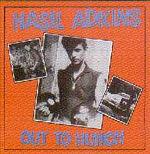| Columns Retired Columns & Blogs |
LATEST ADDITIONS
|
Feb 06, 2005 |
84 comments
Can the power cord make or break a particular component? Some say it does and others say it doesn't. Have you upgraded the power cords on any of your equipment?
Have you upgraded any of your stock equipment power cords with after-market power cords?
Yes, made a big difference
25% (57 votes)
Yes, slight improvement
23% (53 votes)
Yes, but no difference
6% (14 votes)
No, but plan to
10% (22 votes)
No, not interested
18% (42 votes)
Don't insult me with snake oil!
18% (41 votes)
Total votes: 229








